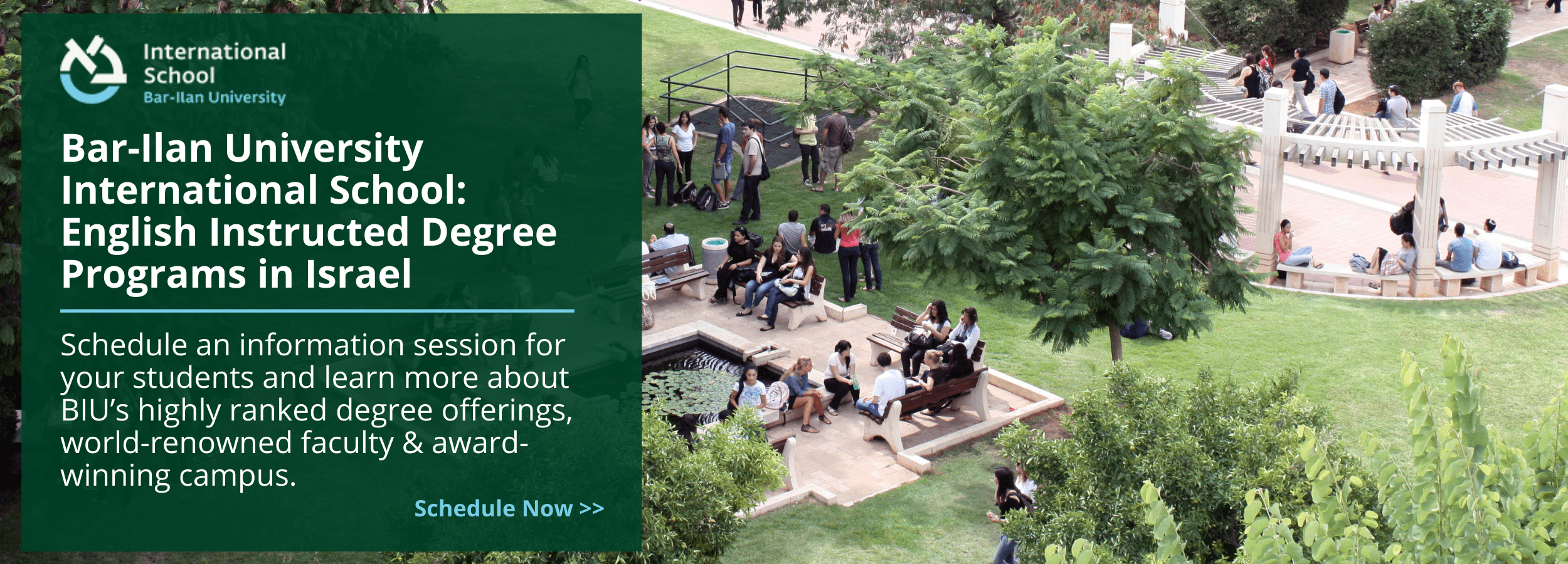editors introduction
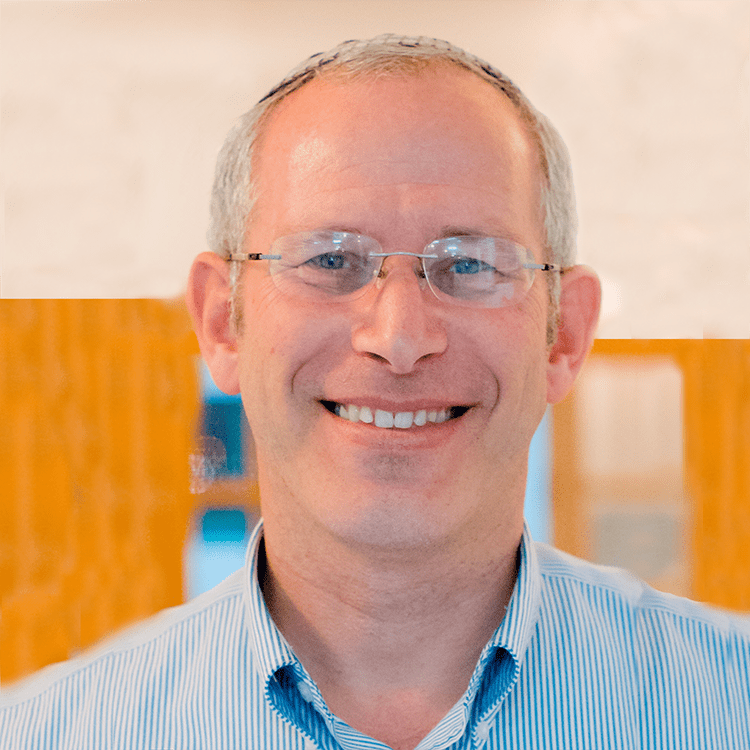
Letter from the Editor Winter 2021
A number of years ago, at a community Shabbaton in Cape Town, I was presented with a dilemma. Until then, the government oversaw all learning even in private schools. That meant that there were governmental standards in Jewish studies and that Jewish studies grades appeared on students’ official transcripts, like their grades in History and Science. The department of education had recently decided to change the policy and get out of the business of overseeing non-core subjects, and the Jewish community was anxious—why would their students pay any heed to their Jewish studies classes if they were not going to “count?”
An Overview of Meaning-Making in Jewish Education


Keys to Meaningful Learning Engagement & Well-being
A friend once told a story of her first year in rabbinical school. The Rabbi who was leading the class gave an assignment to work with a partner to study a section of the Torah. The student raised her hand and asked the teacher, “How far do you want us to get?” The Rabbi smiled and said, “You get as far as you get.”


Promoting Meaning-Making Readiness
Jewish educators speak about meaning in multiple ways: There is a factual or descriptive sense (e.g., The meaning of the Hebrew word סוס is “horse.”). Meaning can also refer to the relevance of what is learned, the ability of learners to engage with learning in a way that has some emotional investment (e.g., Max found the unit on horses to be meaningful because he grew up on a farm. The unit on iguanas? Not so much.).


Finding and Sharing Moments of Meaning
Three stone cutters were engaged in exactly the same task—cutting stones to build a cathedral. They would take a large piece of stone, cut it into a cube, and then place the cube into a pile with all of the others. A passer-by asked each of them, “Excuse me, what are you doing?” The first looks up with a scowl on his face and barks, “Can’t you see? I take the stone, cut it, and put it in the pile over there. I’ve been doing the exact same task for the last ten years, and I probably will do this until the day I die.”


A Framework for Evaluating Success in Jewish Education
Race, ethnicity, and nation are not entities in the world but ways of seeing the world. They are ways of understanding and identifying oneself, making sense of one’s problems and predicaments, identifying one’s interests, and orientating one’s actions. They are ways of recognizing, identifying, and classifying other people, of constructing sameness and difference, and of “coding” and making sense of their actions.


Grounded Meaning
There are those who view meaning-making as fluffy or non-substantive. Truthfully, sometimes it is. One can make meaning out of anything; we are a species that thinks symbolically. We infuse meaning into all sorts of things that intrinsically may have no meaning at all. At the same time, once we imbue an item with meaning, such as a stuffed animal, family heirloom, or a flag, we treat that item as something special and distinct from all else around it because it brings us comfort, connection, and substance.
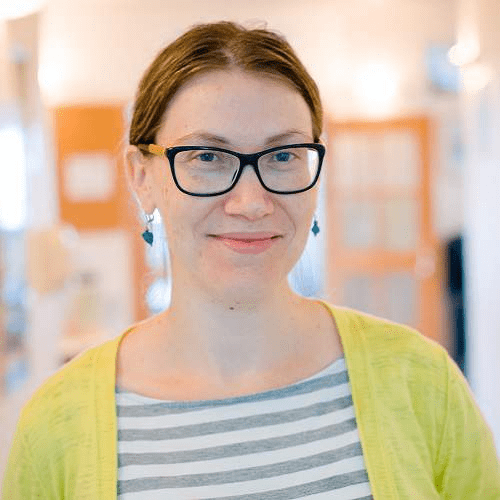

Peeling Back the Layers of Meaning Mining: A Taxonomy
I do not think a Jewish studies teacher, in the 75+ year history of Jewish day school education, has ever said to themselves, “I don’t want my students’ learning to be meaningful to them today.” By implication, on some level, every Jewish studies teacher, every time they walk into their classroom has, at least implicitly, the intention that their teaching be meaningful to their students.



A Retrospective on My First Four Decades of Meaning-Making
Growing up in the late sixties and early seventies, the world in which I lived was suffused with the search for meaning. An entire generation refused to accept that things were right because they had always been done a certain way, insisting instead that things be done because they were the right things to do. Rabbis and Jewish educators who couldn’t shift from the language of obligation to the language of meaning found themselves facing a generation of young Jews fleeing from religion or flocking to alternate ones.
culture and challenge


Petah Libi: Building a Culture of Open Hearts in School
If I were to ask any parent or Judaic studies teacher in my school what is their ultimate goal for students’ Torah learning, I would likely hear something like this: We want students to find Torah learning meaningful, to feel an emotional, personal connection with God and His Torah that engenders a lifelong commitment to studying Torah and adherence to mitzvot.


The Medium Is The Meaning
The premise of “making” meaning in Jewish education sounds somewhat heretical, code for the claim that learning Torah faces an intrinsic handicap: “The words of the Torah,” goes the argument, “may be weighty, but they’re not quite so…relevant. Learning, analyzing, and assessing exercises the brain, but ignores or stultifies the soul. And it’s a real shame, because learning Torah is so important. If only it were more meaningful…”


Multiple Pathways to Meaning
JournalCreditsView or Print Full Journal in PDFThe arguments have been made through the ages, often with refrains such as: “Why do we need to learn this?” “I'm never going to use this when I grow up so why do I need to remember it?” And “Will this be on the test?” Such questions underscore how students often see their education as irrelevant, as facts and concepts that they must try to master...


Girsa de-Yankuta: The Building Block of Meaningful Learning
It is well known that the young mind is especially attuned to absorbing copious amounts of knowledge and learning skills that will last a lifetime. Skills like riding a bicycle or swimming are not readily forgotten. Furthermore, if a child is receptive, they will learn skills like playing the piano much more readily than an adult and will be likely to retain those skills well into adulthood. Rashi, in a comment on Talmud Bavli Shabbat 21b, identifies this as girsa de-yankuta.


Role Modeling The Art of Meaning-Making
Viktor Frankl, the renowned psychiatrist and Holocaust survivor, founded the logotherapy school of psychotherapy which suggests that a search for a life of meaning is the central human motivational force. Meaning-making is the process by which people interpret and find meaning in situations, events, and experiences in their lives, as well as in relationships and in their own sense of self. The pursuit of meaning is the most human of quests.


Coloring Outside the Lines: The Tension of Meaning-Making in the Context of an Ancient Tradition
When my eldest child was in kindergarten, his teacher asked the class what seemed like a question with an obvious answer based on a chart that was hanging on the wall of the classroom. Most people who thought about the question would have answered in a very specific way. But my son gave a different answer. The teacher was confused by the answer since she clearly had something else in mind. However, instead of jumping in and saying that he was wrong, she took a moment to take a closer look at the chart and realized that his answer was in fact correct if you looked at things from a different perspective.
content and pedagogy
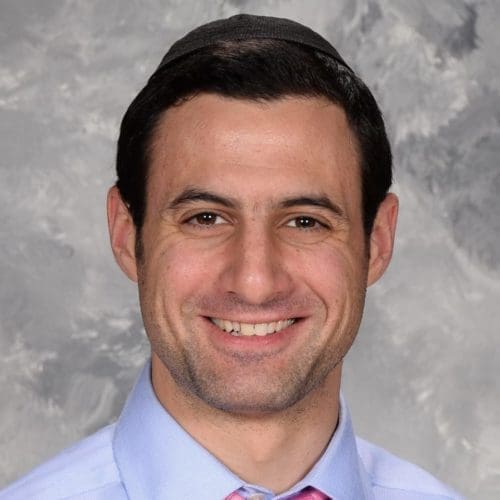

Choosing Meaningful Content
“Why are we learning this?” At times, this is a most invigorating question. What is more energizing than an invitation from an inquisitive student to passionately articulate the compelling reasons we are studying a particular text or idea? At other times, however, the same question from the same student brings a pit of anxiety to my stomach. In the second scenario, I do not have compelling reasons to passionately articulate. Responding, “Because I taught it last year and already have a worksheet on this,” or “Because it’s the next sugya/chapter,” will not satisfy students and should not satisfy educators.
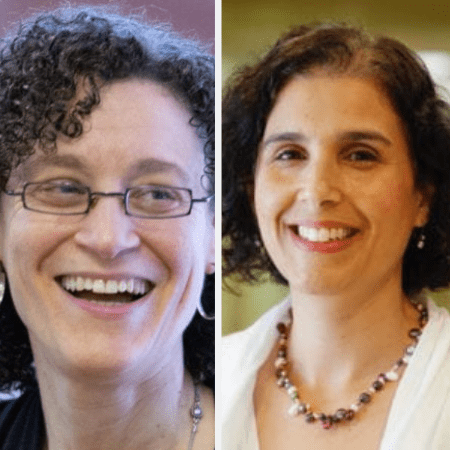

A Question of Inheritance: Teaching Torah Through Children’s Questions
“Torah is a yerushah [an active inheritance] … It needs work on behalf of the child if it is to be passed on across the generations” (Rabbi Jonathan Sacks’ Haggadah). What is the essence of the work that a child must do in order to receive Torah in the way described by Rabbi Sacks? Rabbi Sacks identifies children’s questions as a key part of the process of preparing to receive Torah. Contemporary educational research supports this idea, highlighting the multiple ways in which student question-asking is central to deeper learning.
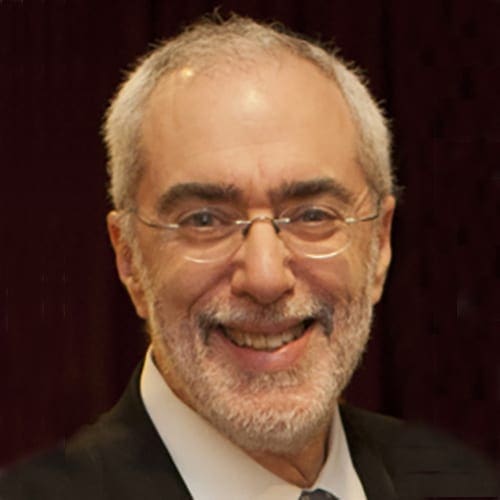

Bringing Learning to the Inner Core
Some years ago I distributed a page to one of my classes with pictures of various traffic signs and asked students to pick the one that best represented their current religious journey. One student’s response particularly resonated with me. She chose several speed-limit signs that were above the legal limit and then wrote: “On the road, for many, the goal is to reach your destination in the fastest, most efficient way possible. For example, learn the text in the curriculum, learn the three planned commentaries, only ask lack of comprehension questions, and move on. But what about the WHY’s, the slowing down from time to time, the reflecting, and enjoying the view?”


Curating the Past, Creating the Future
Netanel Burstin introduced his high school students in Zikhron Ya’akov to a photograph of the Jewish celebrations in Rome when the State of Israel was established. Although he had carefully analyzed the photograph before the lesson, a student surprised him by pointing out one detail he had neglected. Among the crowd gathering at the Arch of Titus was a woman holding a baby in the air and staring towards the camera.
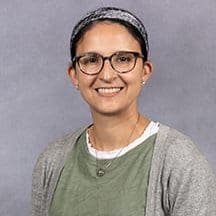

PBL, Meaning-Making, and Teaching Talmud
What does meaning-making look like in Talmud education? Is it possible to make the text meaningful to students without sacrificing rigor and skills-based learning? How might progressive educational models enhance student appreciation of Talmud study without taking away from traditional models of study?


Design Thinking and the Relevance Gap
In my experience as a Tanakh teacher for many years in both Orthodox and community schools, I have consistently encountered consensus amongst educators that learning should be meaningful and relevant to students. This has emerged in informal faculty room discussions, almost every department meeting, and professional development sessions. Teachers I interviewed for my doctoral research expressed similar sentiments…
informal Education


Teens, Takeaways, Teachable Moments: The Value-Add of Judaism
As an educator, I have fairly lofty goals when it comes to the takeaways I want my learners to have from our time together. When I engage in the sacred work of Jewish education, I do so with the aspiration of inspiring my learners to be intentional in the ways they make decisions, the ways they walk through the world, and the ways they interact with others. I regularly say that my greatest disappointment when it comes to my work as an educator would be if my learners left our time together feeling fully satisfied, as though there was nothing else for them to learn. Instead, I want them to be intrigued and inspired to the point that they seek out a next step—more learning, more meaning-making, anything that will keep them searching for the next piece of wisdom and understanding.
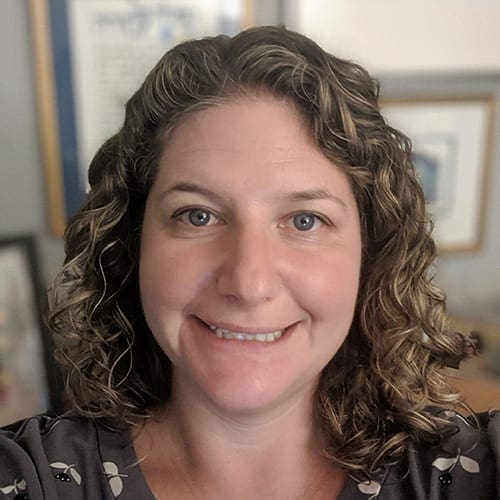

Bringing Lessons from Experiential Education into the Classroom
A core goal of Jewish education is that the educational process will connect the learner to Judaism in a personal and meaningful manner, infusing each individual with a strong Jewish identity. We hope that the learner understands and internalizes that Judaism can provide guidance or context for grappling with life’s struggles, doubts, and questions, alongside its celebrations and joy. These connections must be based on knowledge, personally constructed meaning, and emotional understanding.


Making Meaning Throughout an Israel Trip
The Jewish People and The Land of Israel have always had an integral connection, a relationship that goes far beyond that of a people and their homeland—Israel is part of our identity. Throughout the generations, the connection to the Land of Israel and Jerusalem was expressed mainly through tefilla, Jewish literature, the study of Tanakh, and commemorating Jerusalem though rituals, practices, and customs.



